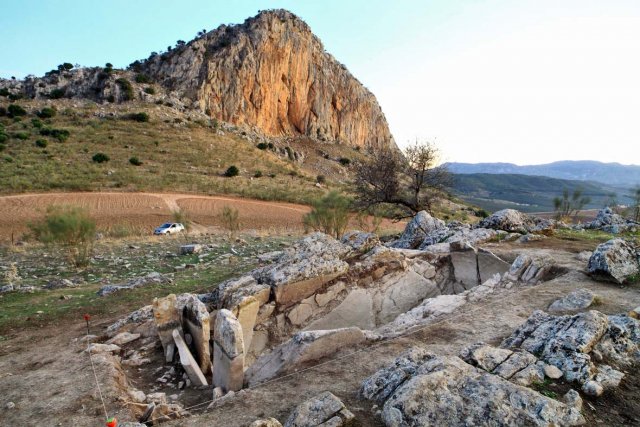Antequera in southern Spain is widely recognised as an outstanding example of the European megalithic phenomenon. One of its most remarkable features is the evident relationship between conspicuous natural formations and human-built monuments. Here, the authors report the results of their investigation of a tomb newly discovered at the site of Piedras Blancas at the foot of La Peña de los Enamorados, a limestone massif that dominates the Antequera plain. Excavation and multidisciplinary study, including geological, architectural and archaeoastronomical investigations, have revealed a complex funerary monument that is part natural, part built, part hypogeum, part megalith. The results emphasise the centrality of La Peña in the Neolithic worldview and encourage wider investigation of prehistoric place-making.
Download: https://www.cambridge.org/core/journals/antiquity/article/in-the-bosom-of-the-earth-a-new-megalithic-monument-at-the-antequera-world-heritage-site/2C15E82312640F12CBC729EFE01CA9EB



